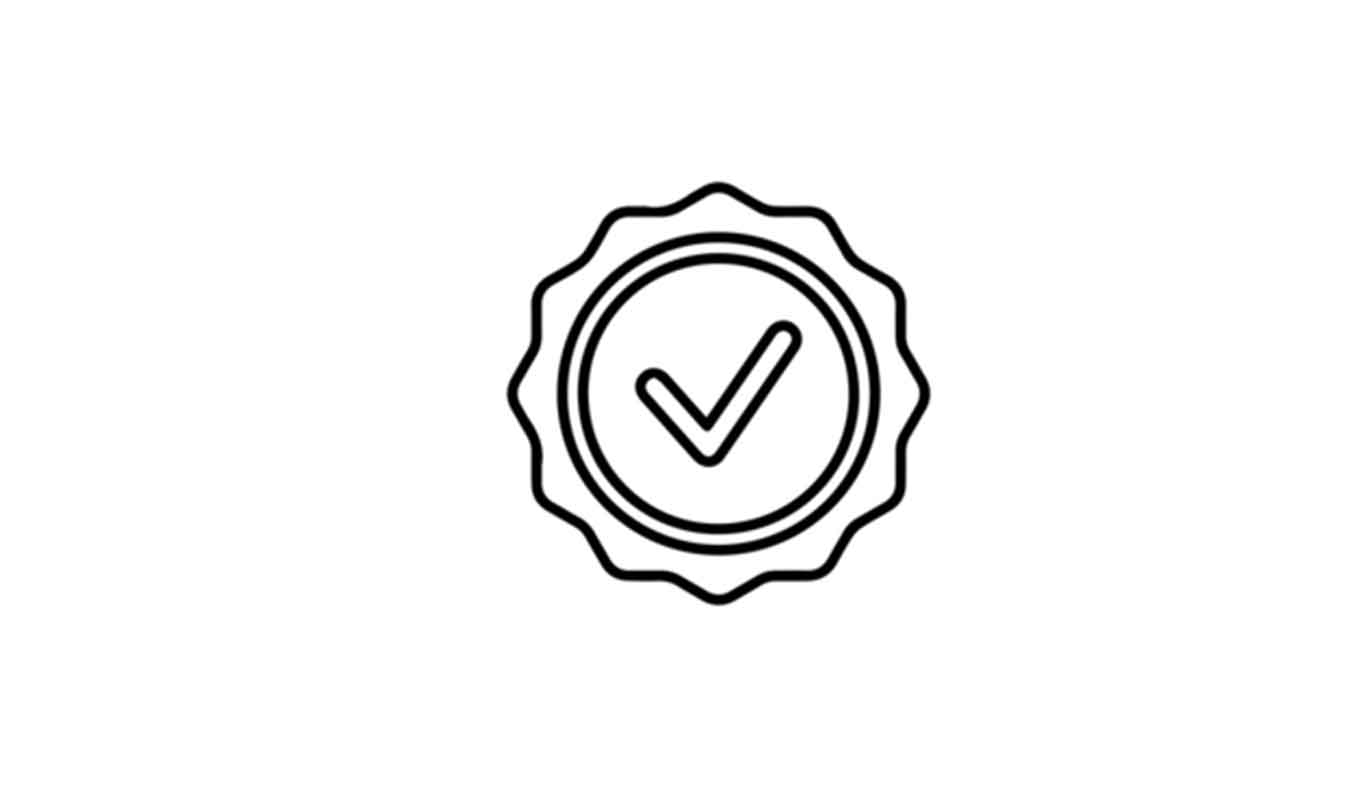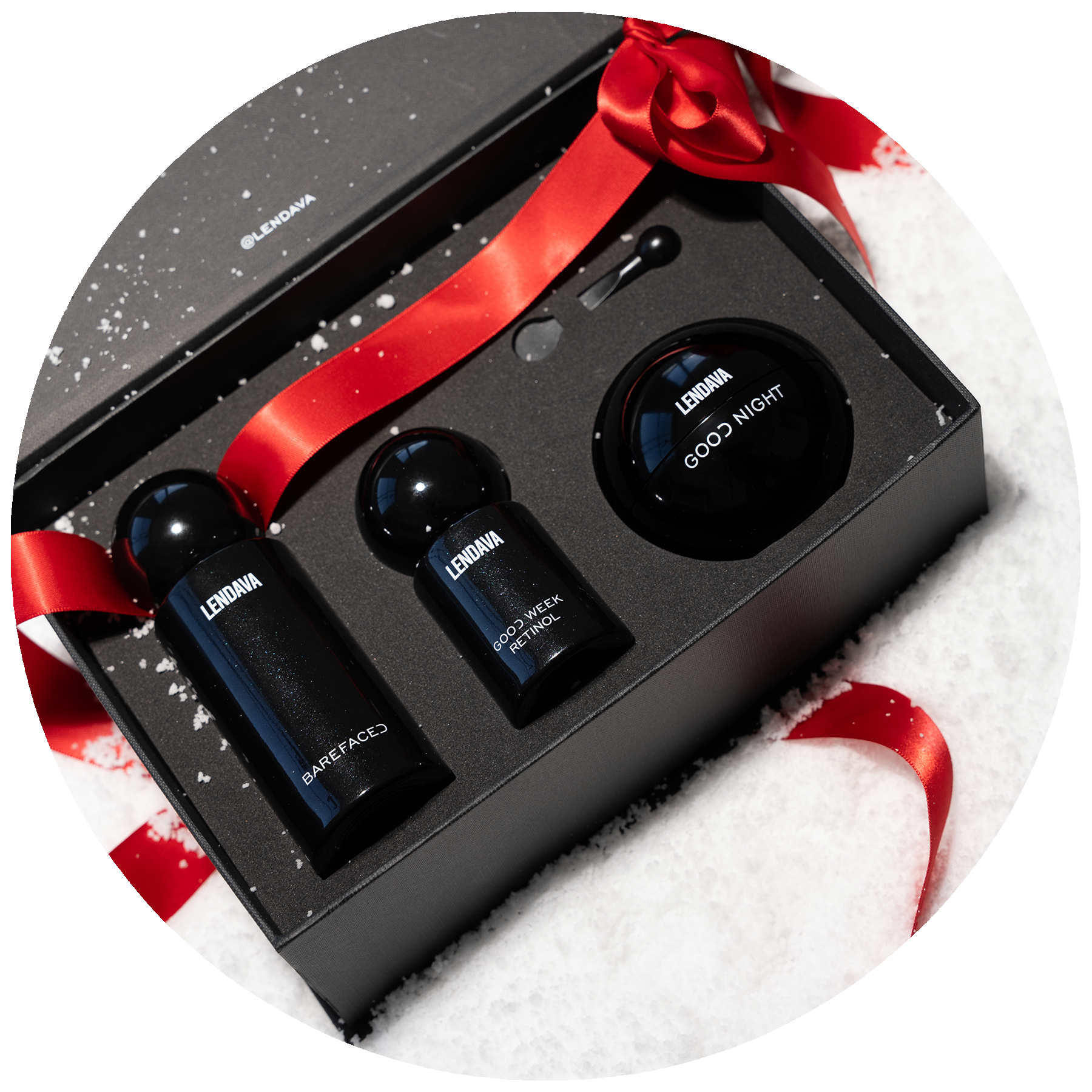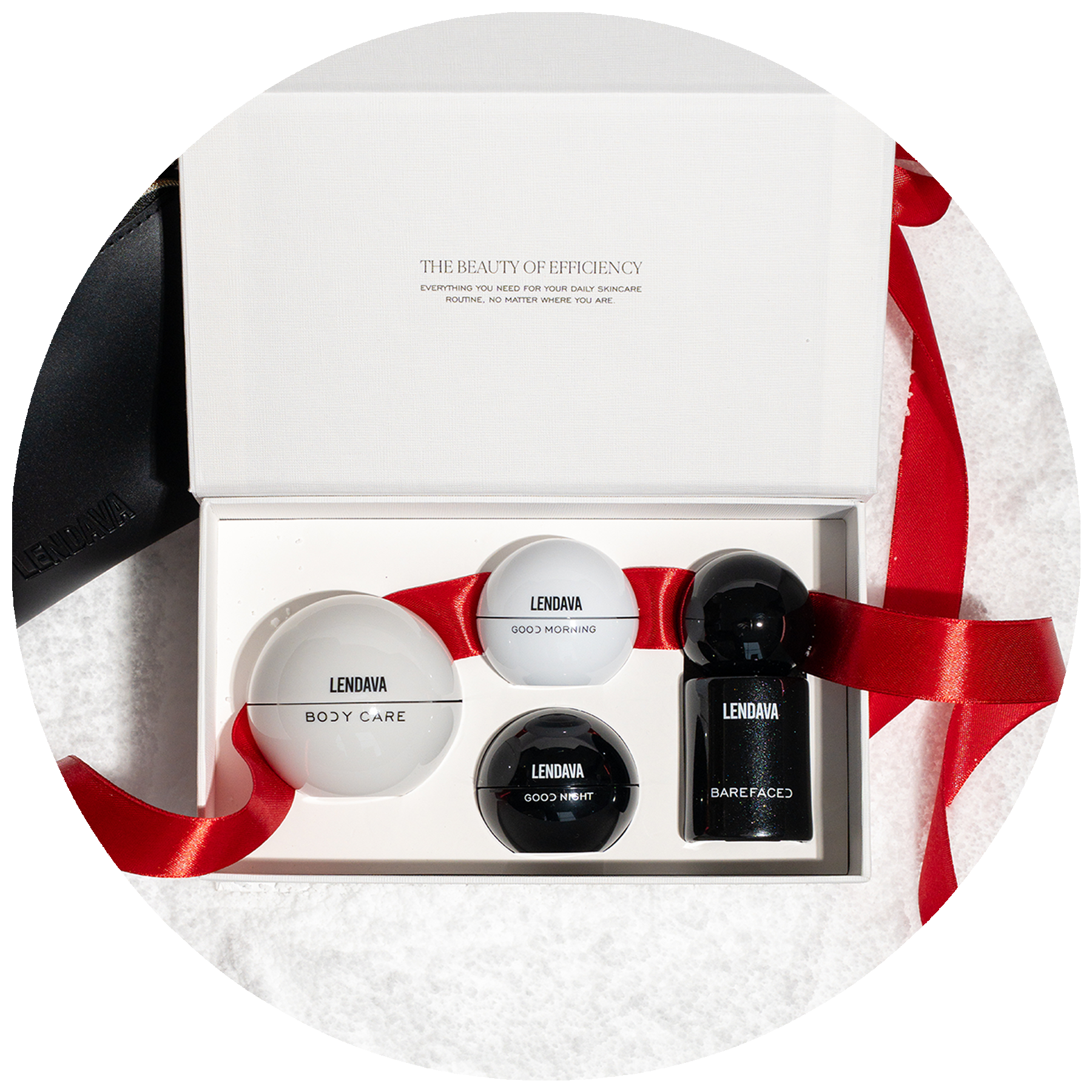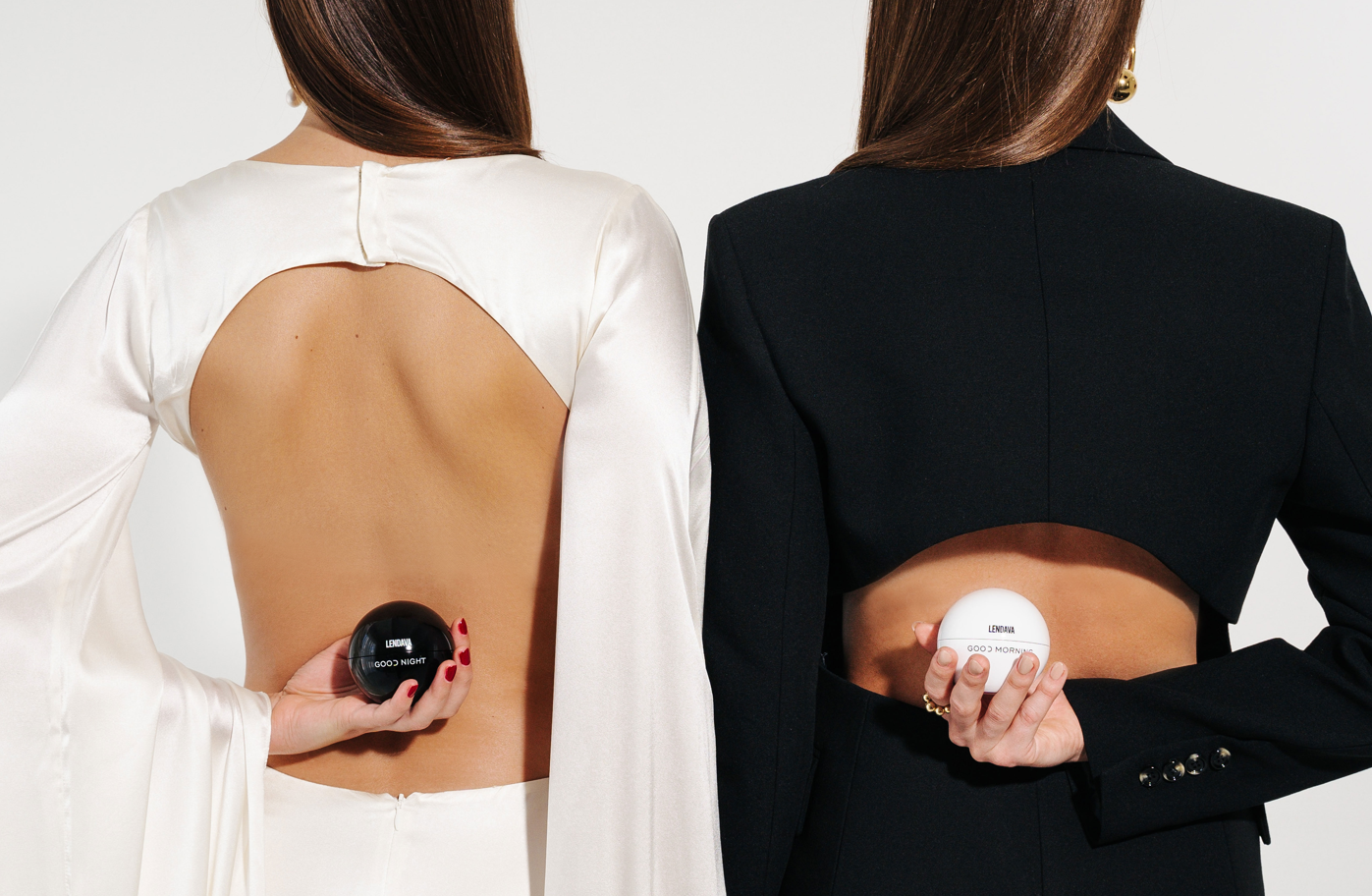
Is Clean Beauty Actually Clean?
IS “CLEAN” BEAUTY ACTUALLY CLEAN? LENDAVA INVESTIGATES
The idea of clean beauty is beautiful in theory - but it’s meaningless. As the world is burdened with non-recyclable packaging, toxic ingredients, and irritating additives, the thought of choosing clean beauty products is an admirable action. The problem is that people are paying more for the clean label, and rarely do they receive a cleaner product.
In short, clean beauty is not that simple - Lendava investigated the topic to explain why.
What is clean beauty?
Technically, there is no official definition for "clean" in the beauty industry. The clean beauty movement comes from brands avoiding certain controversial or “dirty” ingredients (more on those later) and also the brand’s mission to make sustainable choices for factors like packaging.
Many clean beauty products claim to be non-toxic, organic, vegan, not tested on animals - or a combination. Without a clear definition, clean beauty doesn’t mean much. How can it?
Why clean beauty doesn’t mean much
There are many misconceptions about skincare and clean beauty is among them.
For starters, scientists have differing opinions on what ingredients can pose a threat to the human body. For example, parabens (a type of preservative) are claimed to cause breast cancer while other health professionals say they’re perfectly safe to use.
The FDA is our governing agency tasked with approving the ingredients used in skincare products. But, they provide ZERO legal guidelines for terms like “clean,” “safe,” and “non-toxic.” That means, any brand can slap these buzzwords on their bottles and no one can stop them.
Clean beauty is not regulated, so you must do your own research to make sure the label adds up with what’s inside. Many brands do work hard to create healthy, truly clean products - you just need to find out which ones!
More on the blog: Is modern living is ruining our skin?
Ingredients that make beauty products “dirty”
Here’s a quick rundown of ingredients that are considered dirty.
Carcinogens (ingredients that cause cancer) are an easy no-go. Keep an eye out for potential ones like:
- Mineral Oils
- Triclosan
- Coal Tar
- Formaldehydes
- Talc
To take your clean beauty hunt a step further, avoid irritating ingredients like sulfates and salicylic acid (if you have sensitive skin). Other ingredients to avoid are those that may interfere with the body’s endocrine system like parabens and phthalates.
One easy rule for finding cleaner options is to choose pregnancy-safe products. They usually eliminate potentially harmful ingredients, like benzoyl peroxide.
Another strategy is to see if the product is sold in Europe. Why? The EU has banned more than 1,300 chemicals in beauty products. Meanwhile, the USA has outlawed… 11. Yes, you read that right.
Why beauty, even clean, can’t really be sustainable
The beauty industry is one of the biggest producers of waste worldwide since overconsumption is a massive problem right now. Forbes reported that “120 billion units of packaging are produced globally every year by the cosmetics industry, contributing to a loss of 18 million acres of forest annually.”
Unfortunately, there's really no such thing as a “sustainable” beauty company. It is not THAT easy. Beauty products shouldn’t be described as “zero-waste,” “earth-friendly,” or “green,” since these terms are meaningless.
Recycled plastics are far better options than virgin plastics, but most post-consumer recycled plastic can only be processed two or three times and that’s if it’s processed in a recycling center at all. Only 9% of recycling is.
A clean beauty brand you can trust
At Lendava, we feel responsible to do the best we can. All of Lendava’s beauty products are perfectly crafted for the modern person with the right priorities - clean inside and out.
This overconsumption issue led us to refillable options because USING LESS is more responsible toward the environment. Lendava customers can REUSE, rather than REPURCHASE.
Plus, The Savvy Duo of morning and night cream is clean, pregnancy-safe, and formulated to promote your skin’s health and barrier. It has what your skin needs - and nothing else.
In the end, there is more conflicting data about the safety of beauty ingredients than concrete facts. Until we can invest more in research and case studies to separate harmful ingredients from clean, it’s all up to you.
The time of buying stuff for the sake of it is over. You have the power to make the right decision for you and your body - and the world - just don’t let cosmetic companies make that decision for you.






